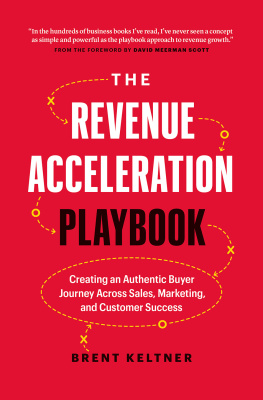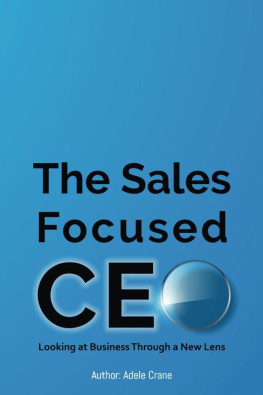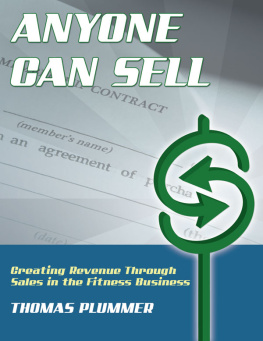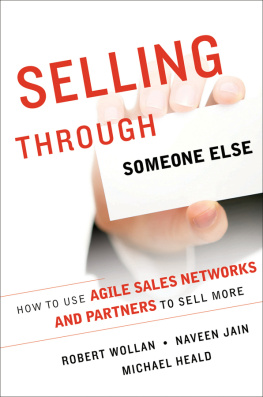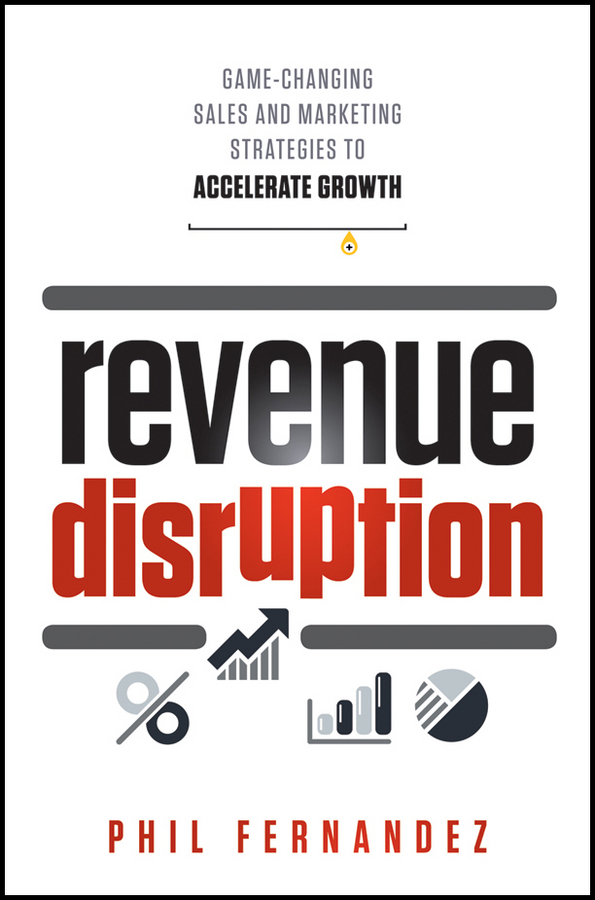Contents

Copyright 2012 by Marketo, Inc. All rights reserved.
Published by John Wiley & Sons, Inc., Hoboken, New Jersey.
Published simultaneously in Canada.
No part of this publication may be reproduced, stored in a retrieval system, or transmitted in any form or by any means, electronic, mechanical, photocopying, recording, scanning, or otherwise, except as permitted under Section 107 or 108 of the 1976 United States Copyright Act, without either the prior written permission of the Publisher, or authorization through payment of the appropriate per-copy fee to the Copyright Clearance Center, Inc., 222 Rosewood Drive, Danvers, MA 01923, (978) 750-8400, fax (978) 646-8600, or on the web at www.copyright.com . Requests to the Publisher for permission should be addressed to the Permissions Department, John Wiley & Sons, Inc., 111 River Street, Hoboken, NJ 07030, (201) 748-6011, fax (201) 748-6008, or online at http://www.wiley.com/go/permissions .
Limit of Liability/Disclaimer of Warranty: While the publisher and author have used their best efforts in preparing this book, they make no representations or warranties with respect to the accuracy or completeness of the contents of this book and specifically disclaim any implied warranties of merchantability or fitness for a particular purpose. No warranty may be created or extended by sales representatives or written sales materials. The advice and strategies contained herein may not be suitable for your situation. You should consult with a professional where appropriate. Neither the publisher nor author shall be liable for any loss of profit or any other commercial damages, including but not limited to special, incidental, consequential, or other damages.
For general information on our other products and services or for technical support, please contact our Customer Care Department within the United States at (800) 762-2974, outside the United States at (317) 572-3993 or fax (317) 572-4002.
Wiley publishes in a variety of print and electronic formats and by print-on-demand. Some material included with standard print versions of this book may not be included in e-books or in print-on-demand. If this book refers to media such as a CD or DVD that is not included in the version you purchased, you may download this material at http://booksupport.wiley.com . For more information about Wiley products, visit www.wiley.com .
ISBN: 978-1-118-29929-6 (cloth)
ISBN: 978-1-118-33189-7 (ebk)
ISBN: 978-1-118-33412-6 (ebk)
ISBN: 978-1-118-33524-6 (ebk)
Acknowledgments
Many of the ideas in this book are the result of years of discussion and collaboration among my colleagues at Marketo, as well as with a number of industry experts and thought leaders who have a shared interest in changing the way companies create revenue. And of course, Ive learned more than anything from the innovative revenue leaders who are putting these ideas into action in their own companies. Id like to thank the many colleagues, friends, and customers of Marketo who lent wisdom, case studies, and quotes to this effort.
I would like to extend special thanks to Jon Miller, my co-founder at Marketo. Jon is himself a prolific writer and thinker on the topic of modern demand marketing, and his assistance with the material in Part III was invaluable.
Im not sure what I was thinking by embarking on this book project while at the same time doing my day job as CEO of a fast-growing software company. A successful result was only possible because of the amazing coordination and editorial assistance provided by Lori Bush Shepard, Sharon Seitz, and Peter Longini.
Thank you to Gaurav Kotak, who supported me by performing much of the original research cited in the book. Thank you also to the intrepid team at LaunchSquad, for helping me put Revenue Performance Management on the map.
I must also thank my husband, Daniel Sternbergh, for his encouragement, and for accepting with a smile all the nights, weekends, vacations, and holidays when I was spending time in front of a keyboard instead of with him.
This book would not have been possible without Patrick Di Chiro, a longtime marketing leader and consultant. Patrick and I spent many hours in wide-ranging and immensely enjoyable discussions that zigged and zagged from presidential politics to technology trends to wine, and of course, to Revenue Performance Management. It was through these discussions that the concept and outline for Revenue Disruption emerged, and Patricks continuing mentoring and advice is reflected everywhere in the text.
Finally, I would like to thank Bruce Cleveland, a longtime Silicon Valley executive and venture capitalist. Bruce became the first venture investor in my company, Marketo, based on a vision that he and I share about the transformative power of Revenue Performance Management. Soon after investing in Marketo in late 2006, Bruce suggested that I write a book. The very concept frankly scared me, and for years, my ideas werent well enough formed to undertake the effort. Over time, the topic of a book became a running joke between Bruce and me, often coming up in Marketo Board of Directors meetings where I would use the phrase The Bookin quotesto signify this unachieved project.
Bruce, it is a delight to present to you The Book.
Introduction
In 1985, I was a young software engineering manager just a couple of years out of college, and was beginning to put down roots in the first home I could call my own. I still distinctly remember my trip to a local appliance store to buy my first clothes washer and dryer. These were still the days of the lonely Maytag Repairmanan advertising icon from my childhood that stood for reliability.
But which brand of appliance should I actually buy , I wondered. It felt like a big decision and there were lots of competing choices. I wanted to pick the highest quality model I could find, but my expectations were low. Thats because I knew that washers or dryers broke down frequently, and that it wouldnt be longmaybe a year or twobefore I could expect to spend a day home from work, waiting for the repairman to show up. Eventually, of course, the repairman did comeactually a number of times over the years that those first appliances lasted.
I found myself once again in the market for a washer and dryer last year, and this time I wanted the best of a new generation of ultra-low-water, low-energy appliances. So after a quick price check online, I was once again off to my local appliance store. But as I was looking at the different brands lined up in front of me, I had a sudden realization: My expectations had changed completely from my previous time around. Now, I expected that the washer and dryer would last forever, or at least until my retirement, and that I would be both shocked and disappointed if I ever needed service during that time.
The difference in my outlook was due to a quarter century of continuous manufacturing improvement, often referred to as Six Sigma. Companies had begun to adopt Six Sigma processes around the time I bought that first washer and dryer, and it produced huge improvements in quality, such as reduced defects, lowered costs, and infrequent repairs. This process had fundamentally reinvented societys expectations about product and service quality.
Around the same time I bought that first washer and dryer, I also ordered an amazing new personal computer for my homean IBM PC/XT. I remember ordering the new toy, and waiting, and waiting, wondering when it would be delivered. I was told it would take about six weeks, but no one really knew for sure.


